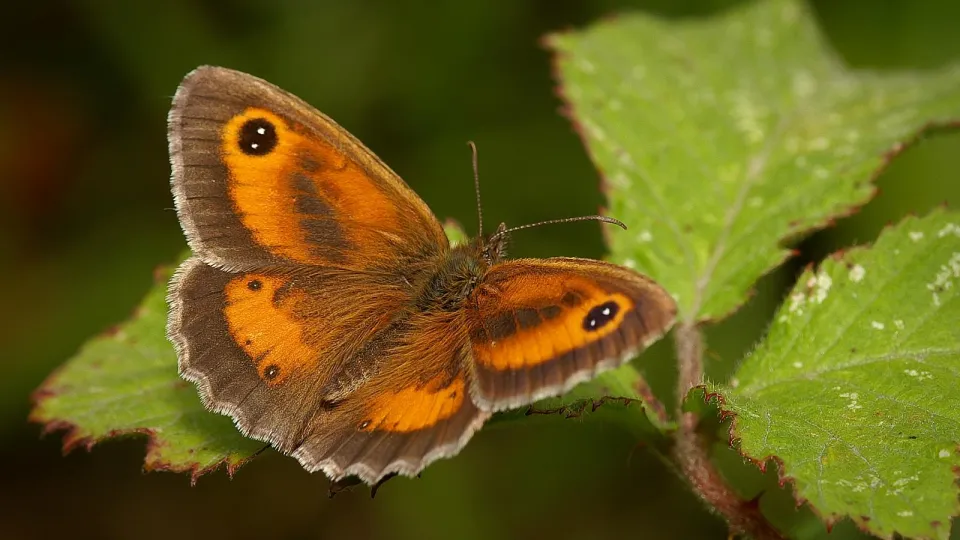
Gatekeeper
The gatekeeper is on the wing in summer on grasslands, in woodlands and along hedgerows. Look out for the large, distinctive eyespot with two 'pupils' on each forewing.

The gatekeeper is on the wing in summer on grasslands, in woodlands and along hedgerows. Look out for the large, distinctive eyespot with two 'pupils' on each forewing.
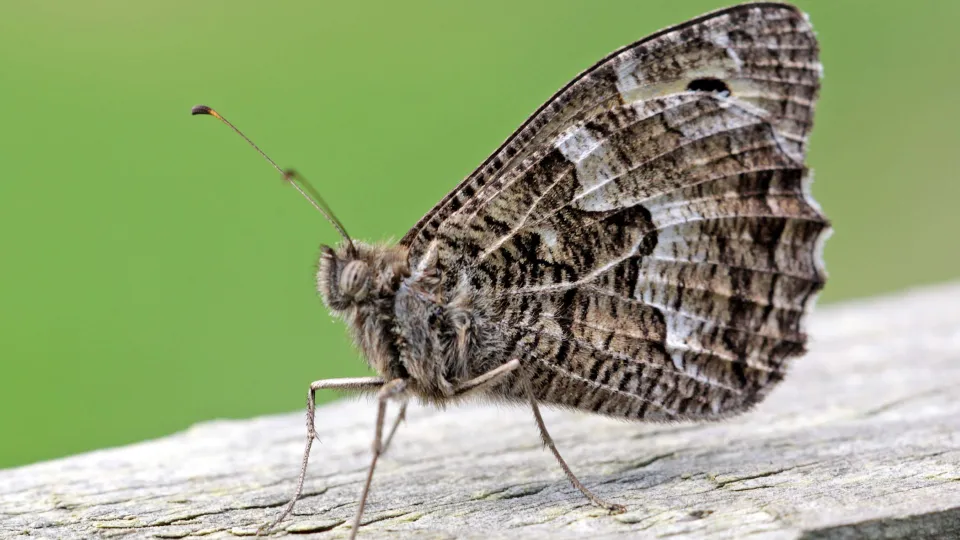
The grayling is one of our largest brown butterflies and a master of disguise - its cryptic colouring helps to camouflage it against bare earth and stones in its coastal habitats and on inland heathlands.

The wall brown or 'wall' gets its name from the fact it rests on any bare surface or wall! It can be found in open, sunny places like sand dunes, old quarries, grasslands and railway cuttings.

The speckled wood prefers the dappled sunlight of woodland rides and edges, hedgerows and even gardens. Despite declines, its range has spread over recent years.
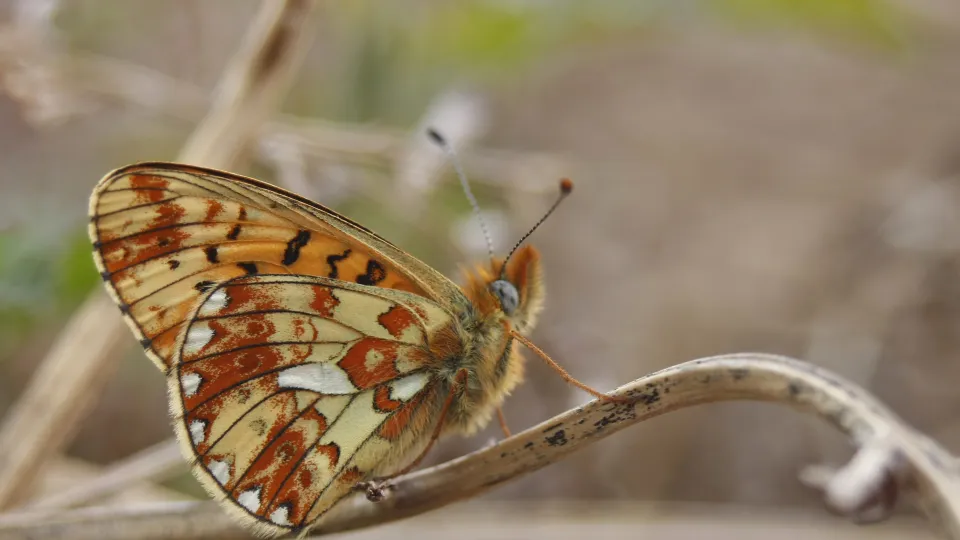
The pearl-bordered fritillary is a striking orange-and-black butterfly of sunny woodland rides and clearings. It gets its name from the row of 'pearls' on the underside of its hindwings.
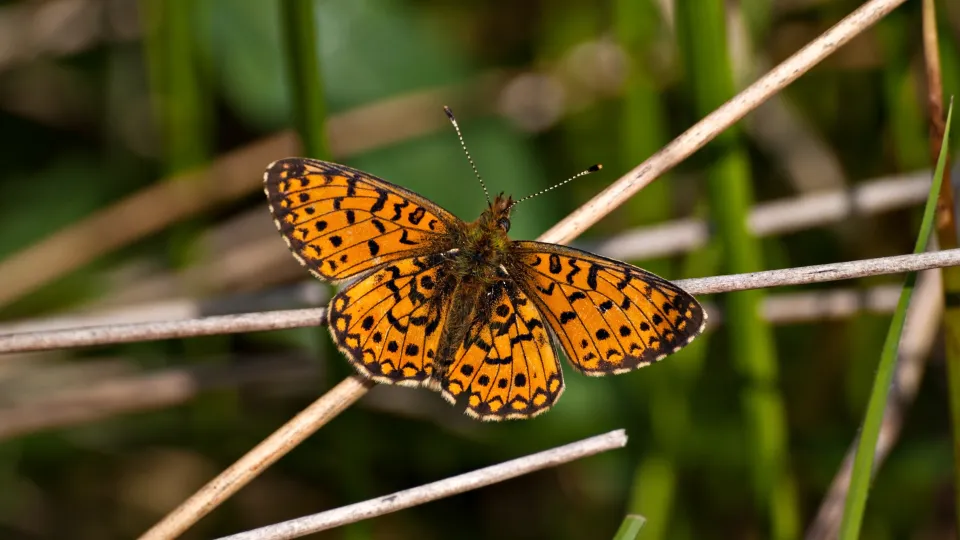
The small pearl-bordered fritillary is a pretty orange-and-brown butterfly of damp grassland, moorland, and open woodland. It gets its name from the row of 'pearls' on the underside of its hindwings.

The rare heath fritillary was on the brink of extinction in the 1970s, but conservation action turned its fortunes around. It is still confined to a small number of sites in the south of England, however.
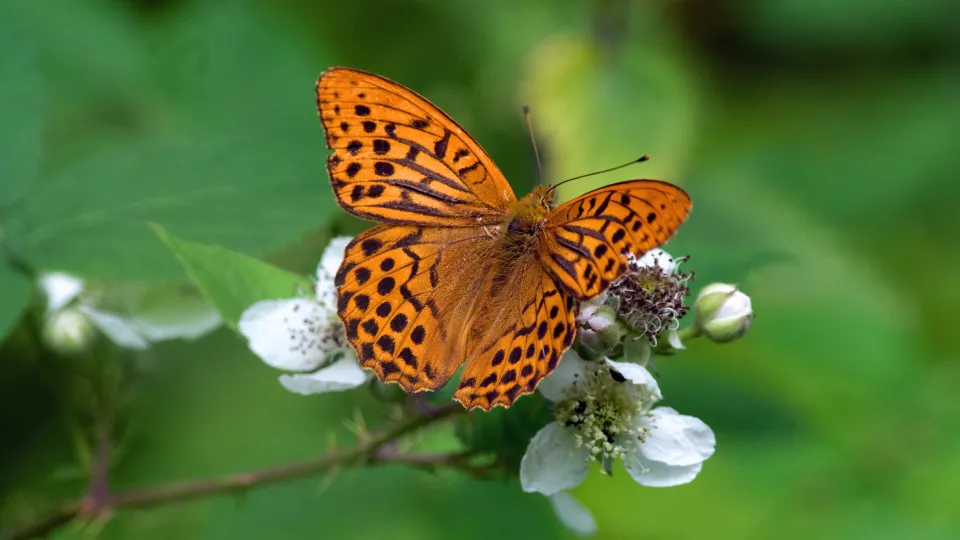
The silver-washed fritillary gets its name from the silver streaks on its underside. It is on the wing in summer, preferring sunny glades in woodlands. Despite declines, its range has spread over recent years.
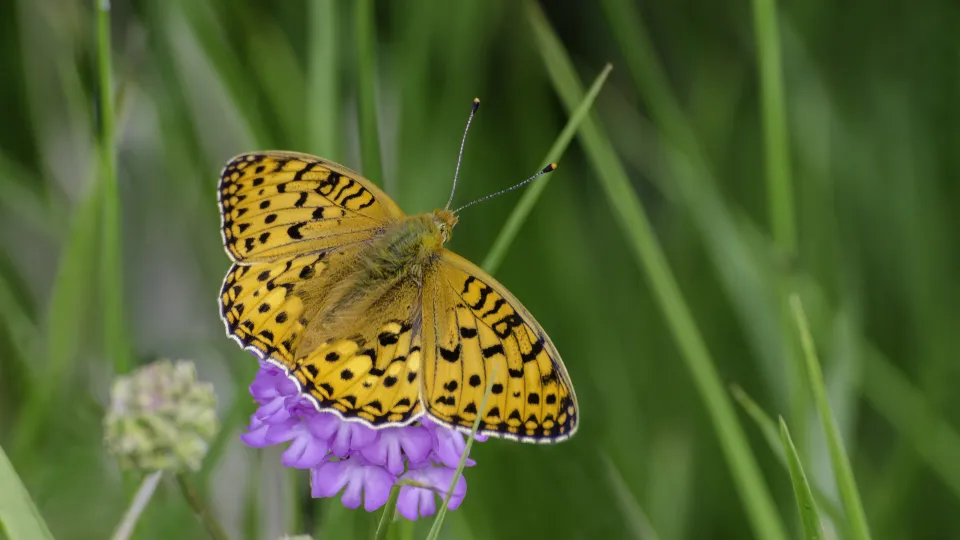
The dark green fritillary is actually an orange butterfly with black spots. It gets its name from the dark green hue to the undersides of its hindwings. A strong flier, it can be seen on open, grassy habitats.
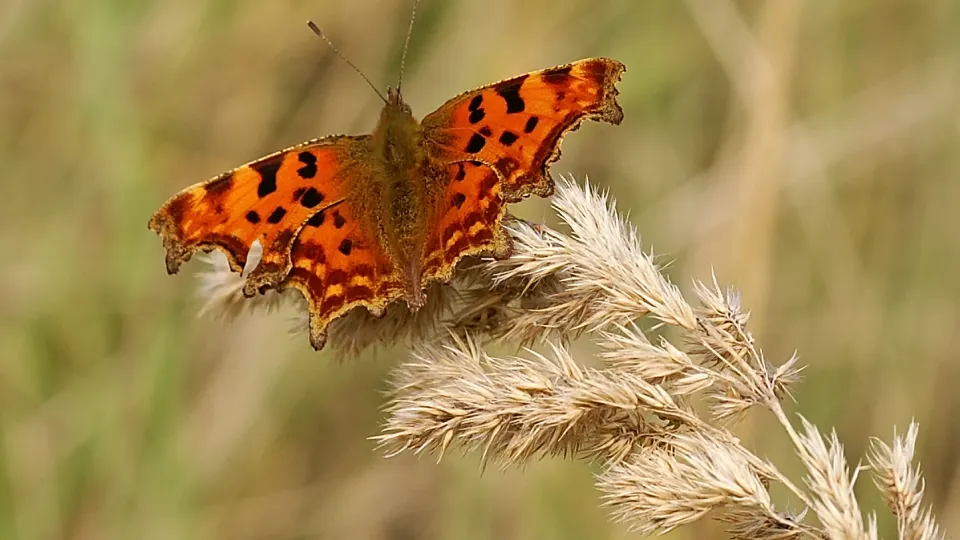
The comma has distinctively ragged wing edges, which help to camouflage it - at rest, it looks just like a dead leaf! It prefers woodland edges, but can be spotted feeding on fallen fruit in gardens.